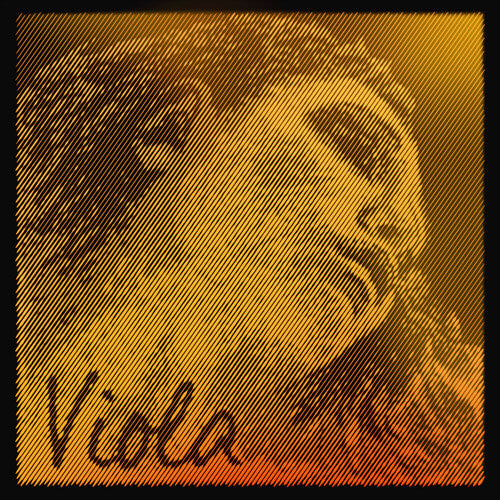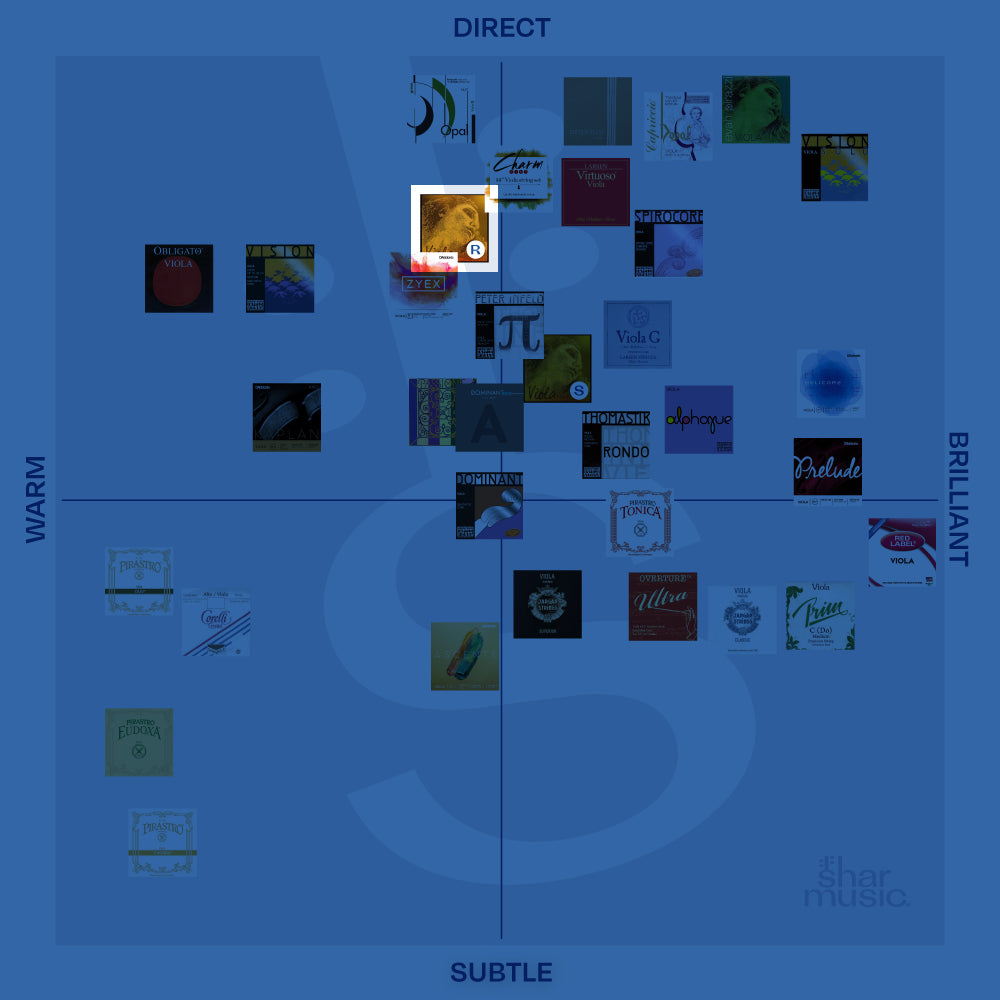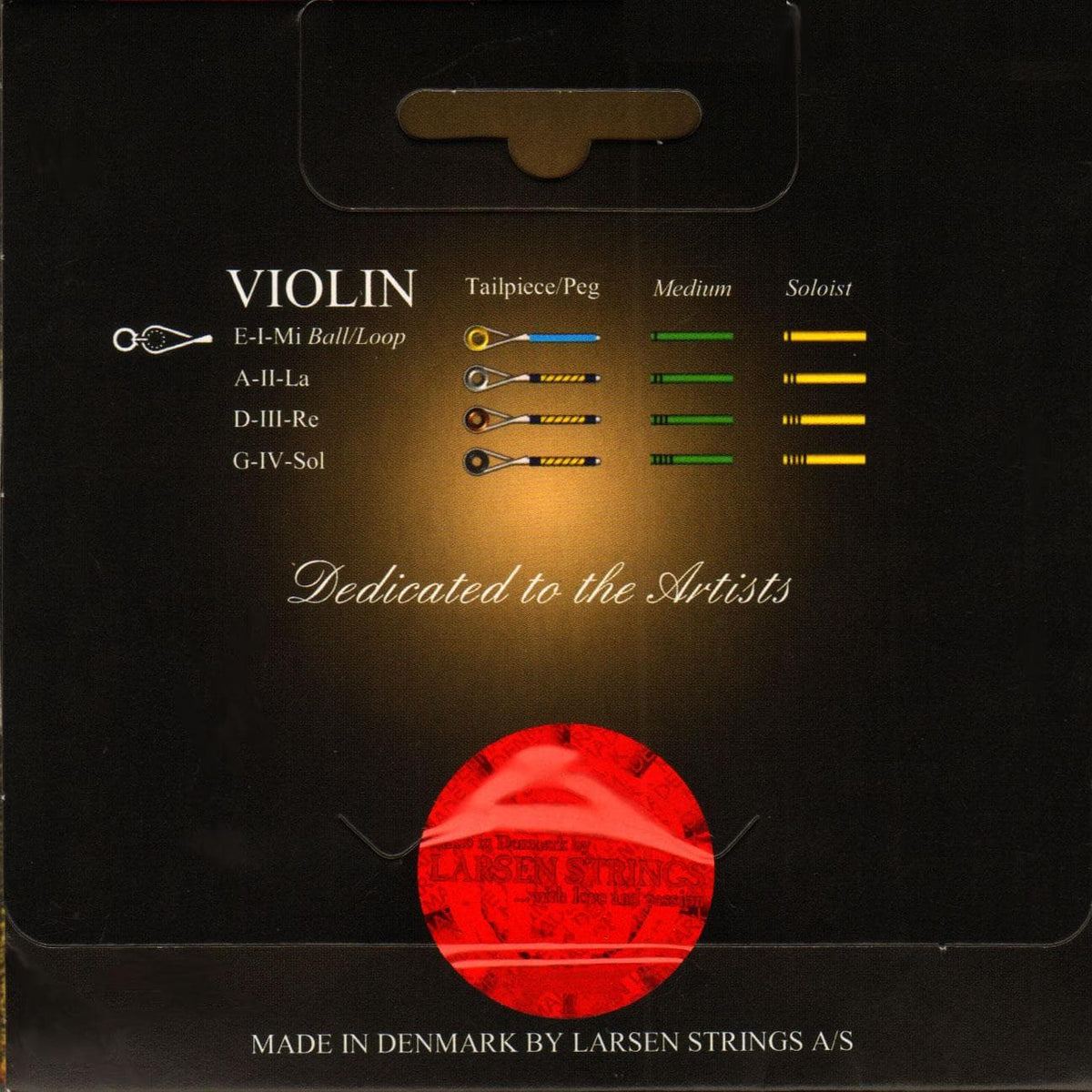


Shar Music
Sassmannshaus, Holger/Close, J Peter - Early Start on the Double Bass - Volume 2 - Bärenreiter Verlag Publication
Quantity:
REVIEW VIDEOS
18 Lessons. With numerous folksongs, nursery rhymes, dance pieces and duets. Introduction of early position changing techniques and shifts up to third position.
The long awaited Sassmannshaus method Early Start on the Double Bass” is now here. At last students of the largest instrument in the string family can make use of this tried and tested method for beginners, developed by Egon Sassmannshaus for the other string instruments and applied here to the double bass by Holger Sassmannshaus and J. Peter Close. This method will meet the needs of the growing number of young bass students.
Early Start on the Double Bass” encompasses everything that one would expect from a Sassmannshaus method: an easy start, progression at a suitable rate, many cross-references to the other string instruments, songs and scales in different positions from early on, as well as many duets. Lively and colourful illustrations by Charlotte Panowsky complete the edition.
For more than three decades The Sassmannshaus Tradition” has been the household name for excellence in beginner string methods in German-speaking countries. The English editions for violin, viola and violoncello, which were introduced to the international market in 2008, have proven to be very successful, particularly in the United States.
Kids to the Bass!
While children learning other string instruments can start as early as the age of four, the appropriate age to begin the double bass is approximately eight (possibly even six); this allows for a faster progression than on the other string instruments, and the method consists of only three volumes. The first volume will be published separately in an English and a German edition; the following two volumes will have German and English text in each book. Original compositions by Boguslaw Furtok enrich the volumes.
- Based on the tried-and-tested Sassmannshaus methods for violin, viola and cello
- Volume 1: Separate editions in German and English
- Volumes 2 and 3: Bilingual, German/English editions
- Moderate increase in difficulty- Position playing, duets
- Includes new original compositions by B. Furtok
- Volume 3 with piano accompaniments to 7 pieces
The authors
Holger Sassmannshaus is a double bass player with the Niederrheinische Sinfoniker in Mönchengladbach/Krefeld. He also teaches the double bass and performs with several other ensembles.J. Peter Close is a teacher for violoncello and double bass in Munich.
The long awaited Sassmannshaus method Early Start on the Double Bass” is now here. At last students of the largest instrument in the string family can make use of this tried and tested method for beginners, developed by Egon Sassmannshaus for the other string instruments and applied here to the double bass by Holger Sassmannshaus and J. Peter Close. This method will meet the needs of the growing number of young bass students.
Early Start on the Double Bass” encompasses everything that one would expect from a Sassmannshaus method: an easy start, progression at a suitable rate, many cross-references to the other string instruments, songs and scales in different positions from early on, as well as many duets. Lively and colourful illustrations by Charlotte Panowsky complete the edition.
For more than three decades The Sassmannshaus Tradition” has been the household name for excellence in beginner string methods in German-speaking countries. The English editions for violin, viola and violoncello, which were introduced to the international market in 2008, have proven to be very successful, particularly in the United States.
Kids to the Bass!
While children learning other string instruments can start as early as the age of four, the appropriate age to begin the double bass is approximately eight (possibly even six); this allows for a faster progression than on the other string instruments, and the method consists of only three volumes. The first volume will be published separately in an English and a German edition; the following two volumes will have German and English text in each book. Original compositions by Boguslaw Furtok enrich the volumes.
- Based on the tried-and-tested Sassmannshaus methods for violin, viola and cello
- Volume 1: Separate editions in German and English
- Volumes 2 and 3: Bilingual, German/English editions
- Moderate increase in difficulty- Position playing, duets
- Includes new original compositions by B. Furtok
- Volume 3 with piano accompaniments to 7 pieces
The authors
Holger Sassmannshaus is a double bass player with the Niederrheinische Sinfoniker in Mönchengladbach/Krefeld. He also teaches the double bass and performs with several other ensembles.J. Peter Close is a teacher for violoncello and double bass in Munich.
Sheet Music Return Policy
If you are not satisfied with this item for any reason you may return it for a full refund within 30 days of purchase Unless the music received is defective or has been shipped in error all returned music will be subject to a restocking fee of $2.00 per title
If you have any questions about this product's warranty or to make a return please contact our Customer Service Department at 8007934334 or email us at Sharserv@Sharmusiccom
If you are not satisfied with this item for any reason you may return it for a full refund within 30 days of purchase Unless the music received is defective or has been shipped in error all returned music will be subject to a restocking fee of $2.00 per title
If you have any questions about this product's warranty or to make a return please contact our Customer Service Department at 8007934334 or email us at Sharserv@Sharmusiccom
The Fastest Possible Start for the Beginning Violinist!
The reason for the effectiveness of the Early Start on the Violin method is because it respects the student: Techniques that may be considered too advanced to be used in other early development methods are introduced early in the Sassmannshaus method; vibrato, shifting into high positions, dotted rhythms, double-stops, quickly become second nature to the young student, removing the intimidation factor that often gets in the way of learning when introduced later.
Egon Sassmannshaus, one of the most renowned violin teachers in Germany, introduced the method series more than four decades ago. It quickly grew in popularity, with over half a million European students having using it. Almost 10 years ago, world renowned violin pedagogue Kurt Sassmannshaus, son of Egon, introduced the English language edition of the method, and it has been equally popular in North America.
About Kurt Sassmannshaus:
Kurt Sassmannshaus holds the distinguished Dorothy Richard Starling Chair for Classical Violin at the University of Cincinnati College-Conservatory of Music (CCM). His students include prizewinners of major international competitions, prominent soloists and chamber musicians, and orchestra leaders around the world. Many of them hold important faculty positions in European, Asian, and American Conservatories.
After receiving his bachelor’s degree from Cologne, Sassmannshaus received a Master’s degree from the Juilliard School as a scholarship student of Dorothy DeLay. He won first prize in the International Chamber Music Competition in Colmar, France. He taught at the University of Texas, Austin and at Sarah Lawrence College before joining the faculty at the Cincinnati Conservatory. He has also been named guest professor at the Beijing Central Conservatory of Music.
Professor Sassmannshaus is totally engaged in the training of young violinists, through institutions that he has founded: The Starling Preparatory Project, the Great Wall Academy in Beijing, the Starling Chamber Orchestra, among others. In 2004, he premiered the not-for-profit website www.violinmasterclass.com, offering free video instruction on all aspects of violin playing. With more than 20 million hits annually this web site made him the most widely effective and globally recognized violin teacher in the history of violin teaching.
The reason for the effectiveness of the Early Start on the Violin method is because it respects the student: Techniques that may be considered too advanced to be used in other early development methods are introduced early in the Sassmannshaus method; vibrato, shifting into high positions, dotted rhythms, double-stops, quickly become second nature to the young student, removing the intimidation factor that often gets in the way of learning when introduced later.
Egon Sassmannshaus, one of the most renowned violin teachers in Germany, introduced the method series more than four decades ago. It quickly grew in popularity, with over half a million European students having using it. Almost 10 years ago, world renowned violin pedagogue Kurt Sassmannshaus, son of Egon, introduced the English language edition of the method, and it has been equally popular in North America.
About Kurt Sassmannshaus:
Kurt Sassmannshaus holds the distinguished Dorothy Richard Starling Chair for Classical Violin at the University of Cincinnati College-Conservatory of Music (CCM). His students include prizewinners of major international competitions, prominent soloists and chamber musicians, and orchestra leaders around the world. Many of them hold important faculty positions in European, Asian, and American Conservatories.
After receiving his bachelor’s degree from Cologne, Sassmannshaus received a Master’s degree from the Juilliard School as a scholarship student of Dorothy DeLay. He won first prize in the International Chamber Music Competition in Colmar, France. He taught at the University of Texas, Austin and at Sarah Lawrence College before joining the faculty at the Cincinnati Conservatory. He has also been named guest professor at the Beijing Central Conservatory of Music.
Professor Sassmannshaus is totally engaged in the training of young violinists, through institutions that he has founded: The Starling Preparatory Project, the Great Wall Academy in Beijing, the Starling Chamber Orchestra, among others. In 2004, he premiered the not-for-profit website www.violinmasterclass.com, offering free video instruction on all aspects of violin playing. With more than 20 million hits annually this web site made him the most widely effective and globally recognized violin teacher in the history of violin teaching.











